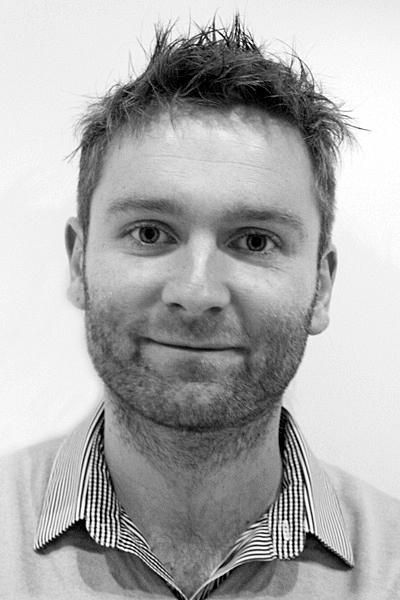The Higgs boson, colloquially called the God Particle because of its fundamental nature, may not be the smallest particle out there. Well before the Higgs had even been found at the Large Hadron Collider, there were lots of hypotheses put forth as to what forces and particles might make up its existence.
Thomas Ryttov, particle physicist and associate professor at the Center for Cosmology and Particle Physics Phenomenology (CP ³ - Origins) at University of Southern Denmark, says what he calls the most important of these hypotheses has been critically reviewed and that the existence of smaller yet unseen particles is now more likely than ever.
"There seems to be no new or unseen weaknessess. My review just leaves them just stronger," he says.
So that settles it? Not really. Mathematically, and therefore hypothetically, we can travel through time but there is no theory of time travel. The belief is that a force must bind together quarks to form protons and neutrons. There are many predictions involving something even smaller than the Higgs particle but there is, as yet, no way to prove their existence.
Ryttov focuses on the strong nuclear force, one of the four basic forces in nature along with gravity, electromagnetic force and weak nuclear force. Where gravity depends on the distance between two objects - the farther they are to each other the weaker the force of gravity will be - it is always attractive. The strong force is different than gravity, it actually holds protons and neutrons together by controlling fractionally-charged quarks.
Ryttov and colleagues believe that so-called techni-quarks can be the yet unseen particles smaller than the Higgs particle. If techni-quarks do exist they will form a natural extension of the Standard Model which includes three generations of quarks and leptons. These particles together with the fundamental forces form the basis of the observed matter in the universe. Along the way they can rescue the idea of Supersymmetry, which nicely explains whatever Dark Matter may turn out to be but has looked less and less real.

University of Southern Denmark
Associate Professor Thomas Ryttov. Credit: University of Southern Denmark
"Here at CP ³ - Origins, we are interested in the pursuit of such as yet unknown particles. We know that there must be a force that binds them together so that they together can create something bigger than themselves, something composite; a Higgs particle. It must happen similarly to quarks binding together to form protons and neutrons. If we can understand this force, we can explain and predict new physical phenomena like new particles," says Ryttov.




Comments